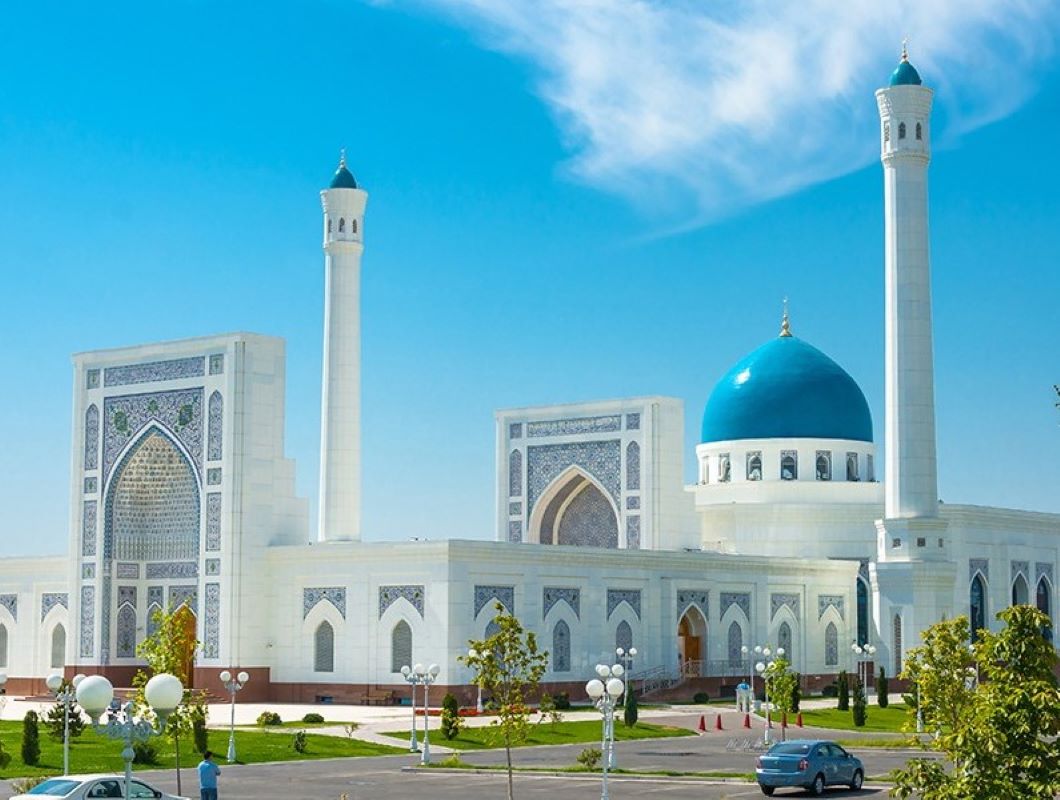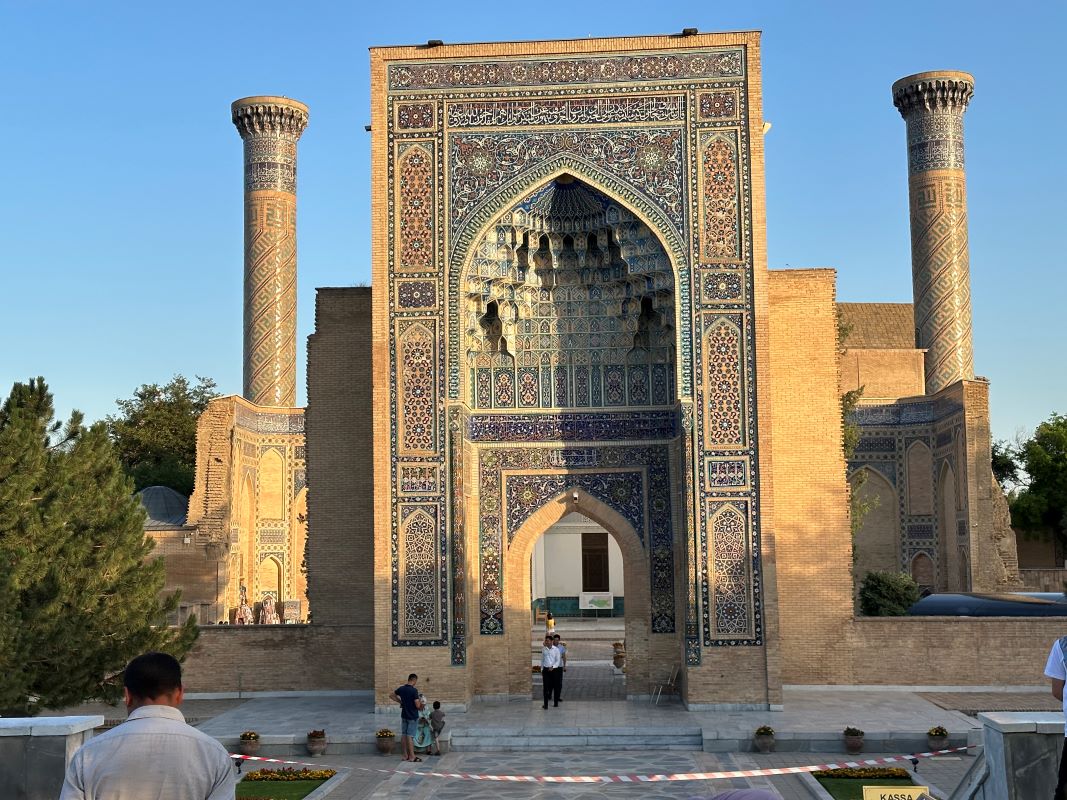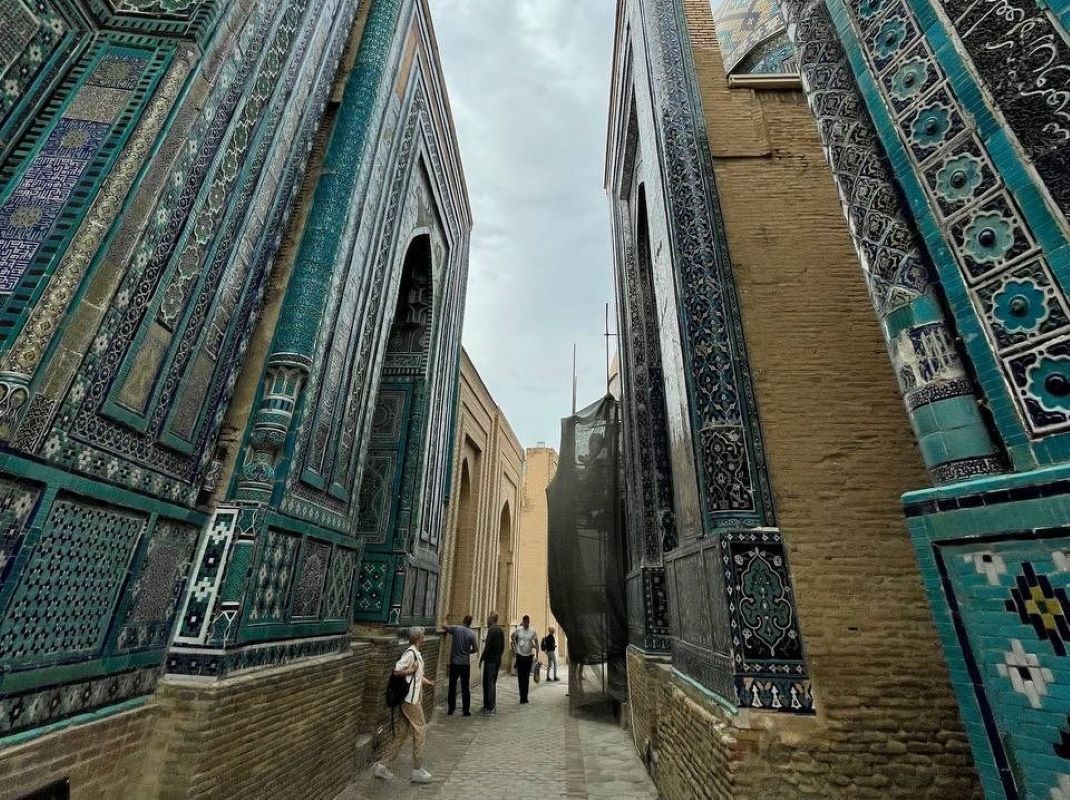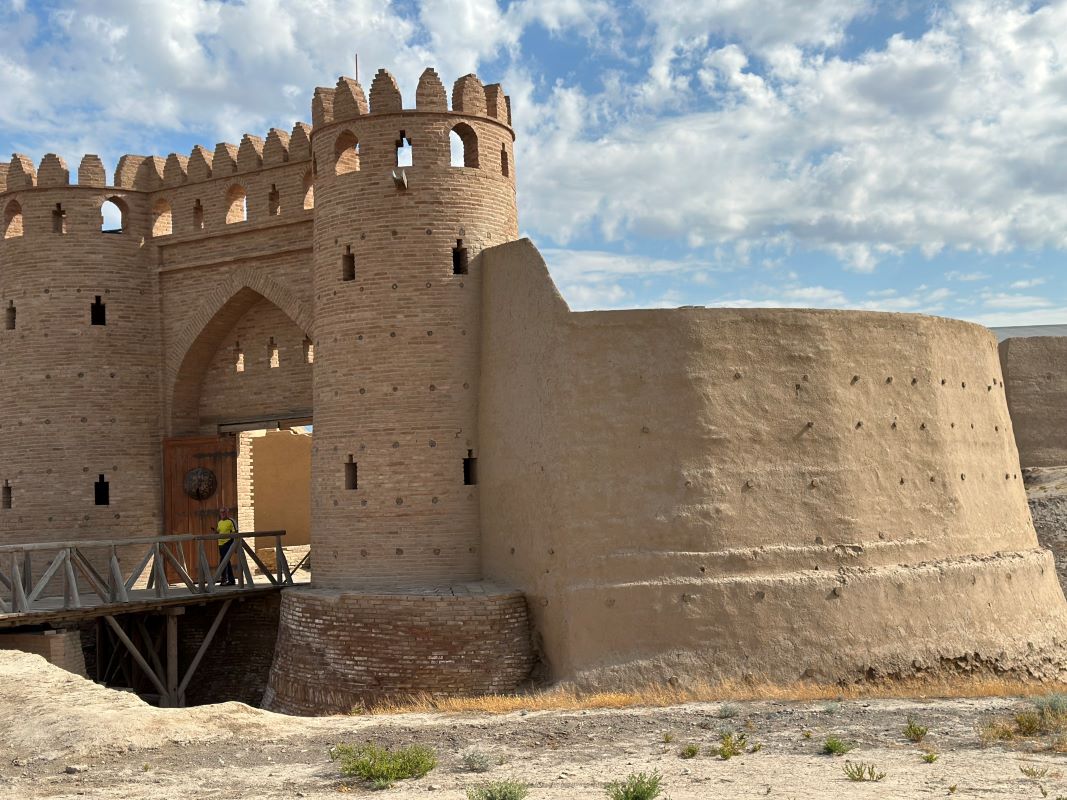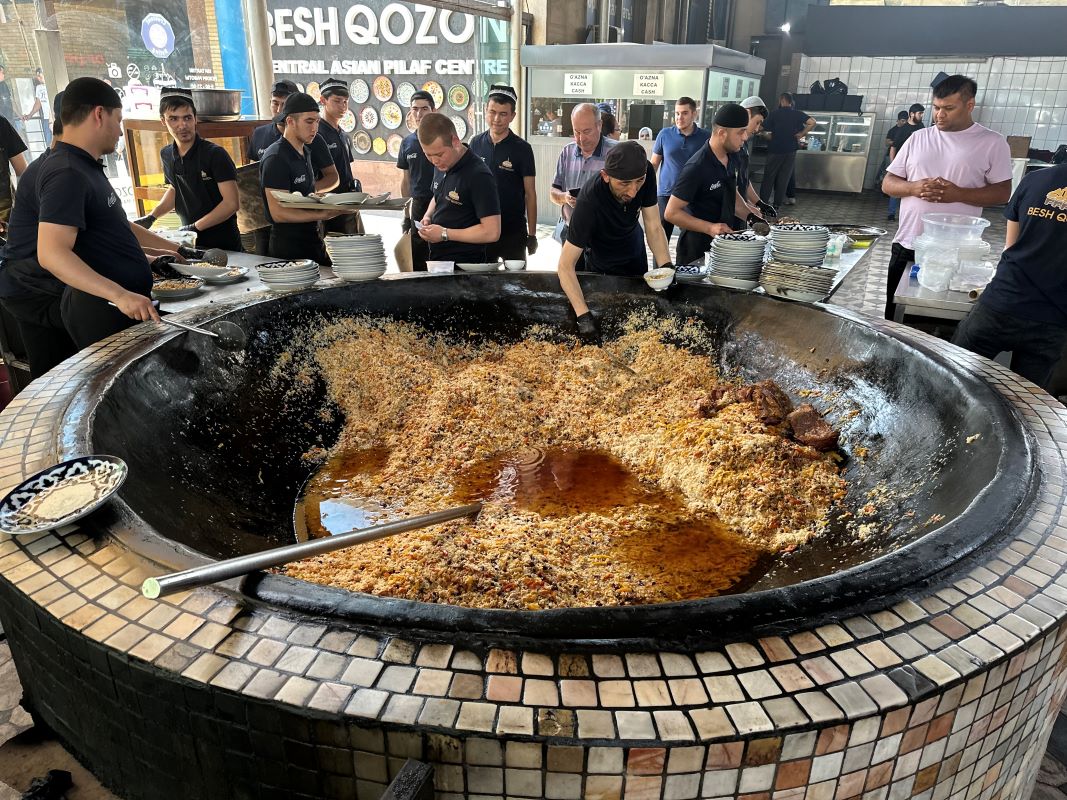Territory and population of Tashkent:
As of my last update in January 2022, Tashkent, the capital city of Uzbekistan, covers an area of approximately 334 square kilometers (129 square miles). However, please note that geographical and demographic data may have changed since then.
Regarding population, Tashkent is one of the largest cities in Central Asia. As of 2022, its population was estimated to be around 2.5 to 3 million people. The city’s population has been steadily growing due to factors such as urbanization, economic opportunities, and natural population increase. However, for the most accurate and up-to-date figures, it’s best to refer to recent demographic statistics or official sources.
Tashkent, the capital city of Uzbekistan, is a vibrant and historically rich metropolis situated in Central Asia. This marvelous city embodies the modern elegance of many other capitals of the world; at the same time, as an eastern city, Tashkent has its own unique flavour. It tastefully combines medieval buildings that look like they’re from the pages of ancient oriental tales, with elegant European architecture from the time of the Turkestan governorship, concrete ‘blocks’ from the Soviet era and, finally, sparkling high-rise commercial buildings made of glass and concrete that represent a new era of independent Uzbekistan. Tashkent tours immerse visitors in a unique blend of modern cityscape and timeless history, reflecting the resilience and dynamism of Uzbekistan’s capital city. From the iconic Chorsu Bazaar to the awe-inspiring Hazrat Imam complex, these tours provide an unrivaled insight into the city’s thriving culture, diverse architecture, and remarkable past. Enhance your tour experience by taking the time to acquaint yourself with Tashkent’s multifaceted history and lively local culture beforehand.
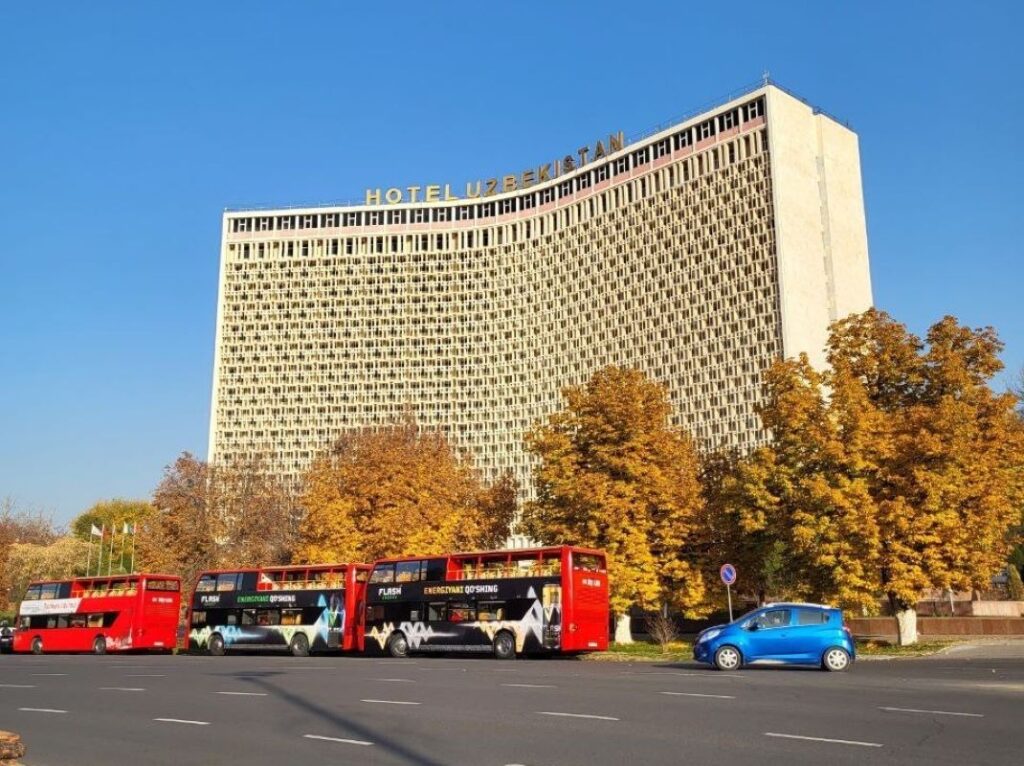
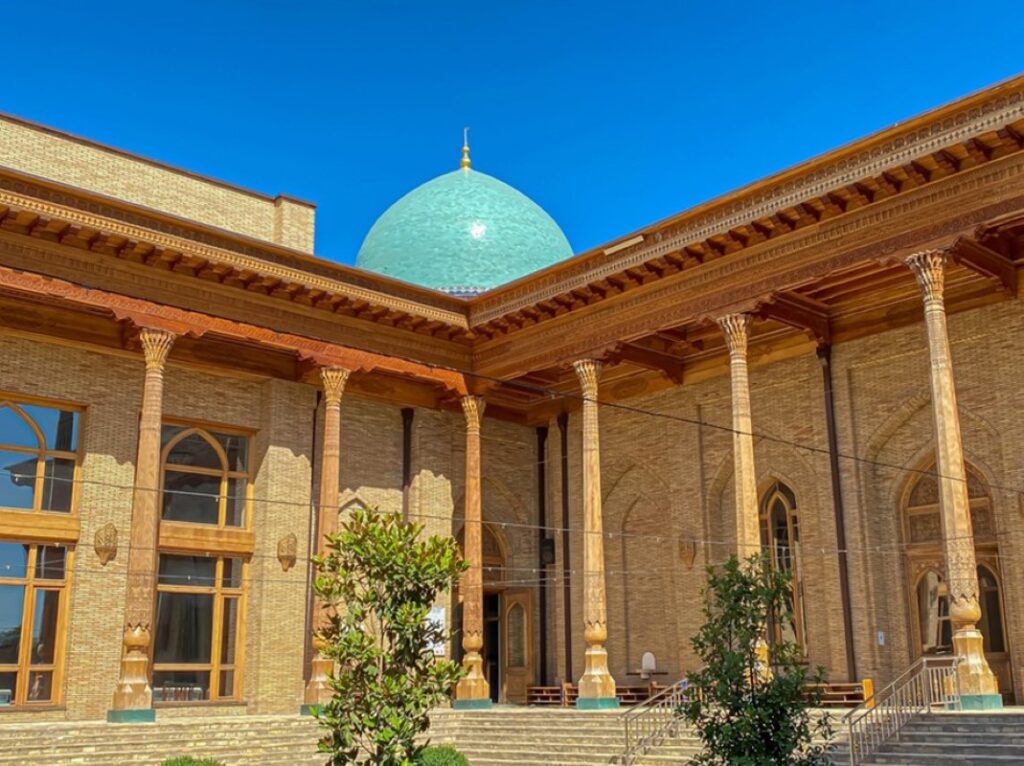
History of Tashkent
Tashkent is one of the oldest cities on the Great Silk Road between China and Europe. The earliest references to Tashkent as a city settlement appeared in written sources in the 2nd century BC. In the Chinese annals the city is called Yueni or Shi; in the records of the Persian king, Shampur, it appears as Chach; and in other Arabic sources, Shash. The name Tashkent first appeared in Turkish documents of the 9th to 12th centuries. From ancient times, a favourable geographical position and mild climate made Tashkent one of the main Silk Road cities. In the 14–15th centuries it was the part of the Timurid Empire, and in the 16th century it was under the control of the Sheibanids dynasty. In 1865, after the conquest of Mikhail Chernyaev, Russian military leader, the city became under the rule of the Russian Empire and Russian government was established here. In 1930 Tashkent was declared the capital of Uzbekistan, former Uzbek SSR.
Landmarks and Attractions in Tashkent
Many of Tashkent’s tourist landmarks and attractions are concentrated in the Old City, which is one of the few districts that has preserved its traditional culture in the rapidly-changing metropolis. The spirit of old Tashkent lives here, in the cozy courtyards of the hospitable mahallahs, the bustling Chorsu Bazaar, and the blue domes of the Khast Imam complex. In this part of the city there are artisans, teahouses, and bakeries.
Other Tashkent attractions worth visiting include the Tashkent TV Tower, the German Church, the Polish Church, Amir Temur Square with the famous Tashkent astronomical clock, Independence Square, and the former residence of Prince Romanov, which was designed by architects Benoit and Heinzelmann.
Tashkent also boasts the first metro system in Central Asia. The Tashkent metro is not only a fast, affordable, and comfortable way to move around the city, but also an architectural monument. Each of the 29 stations has an original design – such as the Cosmonauts station, designed in a space theme, to the Alisher Navoi station with its walls artfully decorated with stories and characters from the works of the poet.
The Zangiata Mausoleum, where one of the Muslim saints, Sheikh Ai-Khoja, and his wife, Ambar Bibi, are buried, is located 15 kilometres from Tashkent. This is one of the religious sites visited most frequently by residents of and visitors to Tashkent.

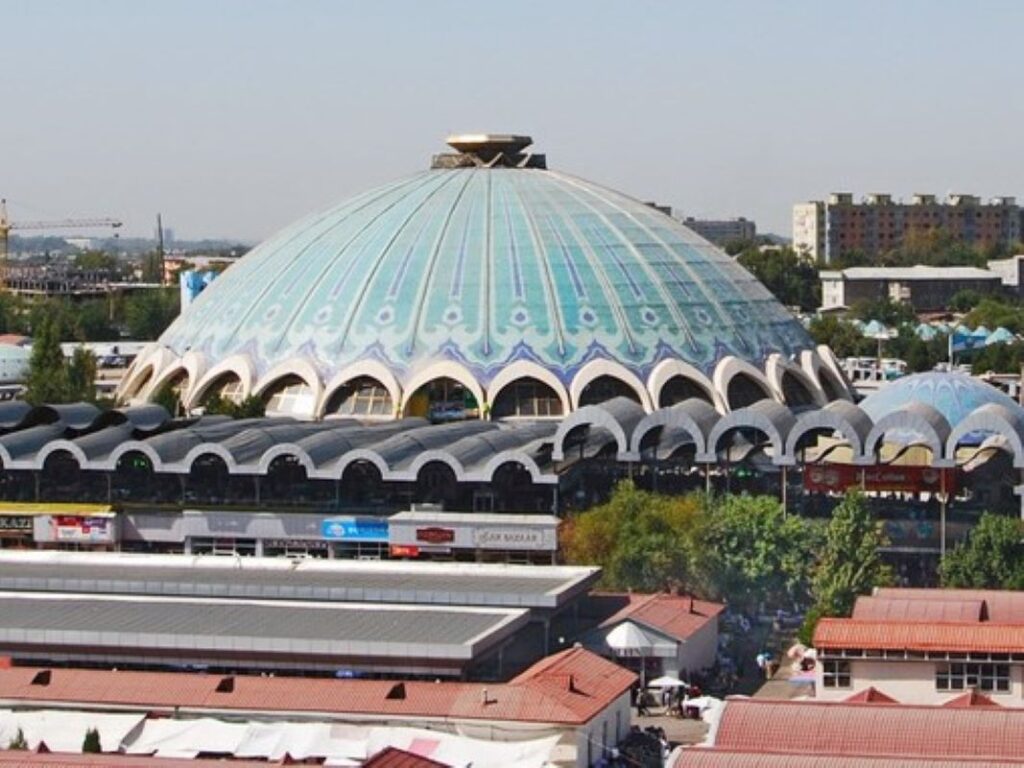
Location and Geography:
Tashkent is nestled in the northeastern part of Uzbekistan, close to the border with Kazakhstan. It lies in the Chirchiq River valley, surrounded by the Tien Shan mountains to the north and the Gavhar Range to the south. The cityscape combines modern urban developments with remnants of its ancient past.
Architecture:
The architectural landscape of Tashkent reflects its diverse cultural heritage. While the cityscape features modern skyscrapers, wide boulevards, and Soviet-era buildings, it also showcases ancient Islamic architecture, with mosques, mausoleums, and madrasas adorned with intricate tilework and domes. Notable landmarks include the Hazrat Imam Complex, Chorsu Bazaar, and Independence Square.
Culture:
Tashkent is a melting pot of cultures, with influences from Uzbek, Russian, Persian, and Turkic traditions. This cultural diversity is reflected in the city’s cuisine, music, art, and festivals. Visitors can explore traditional Uzbek cuisine at local eateries, enjoy performances of traditional music and dance, and immerse themselves in the vibrant arts and crafts scene.
Transportation:
The city has a well-developed transportation infrastructure, including a metro system, buses, trams, and taxis, making it easy for residents and visitors to navigate the city. Tashkent International Airport serves as a major transportation hub, connecting the city to destinations across the globe.
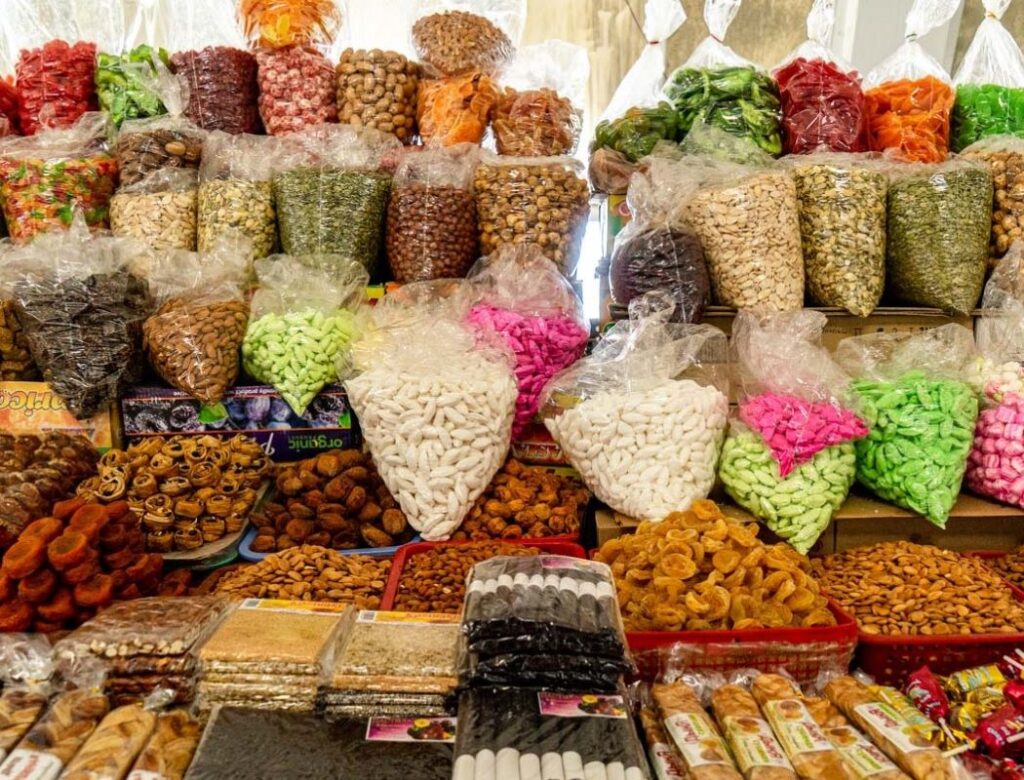
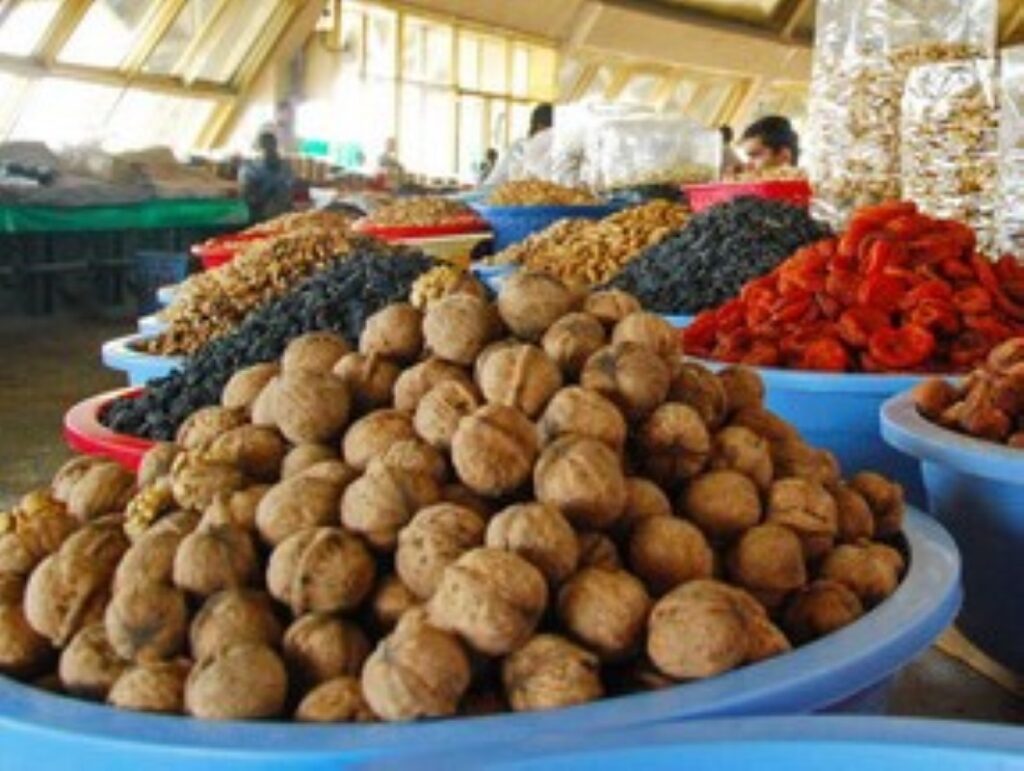
Green Spaces:
Despite its urban development, Tashkent boasts numerous parks and green spaces where residents can relax and enjoy nature. The city’s largest park, Alisher Navoi National Park, offers expansive lawns, walking paths, and recreational facilities.
Overall, Tashkent is a dynamic city that seamlessly blends its rich history with modernity, offering visitors a captivating glimpse into Central Asia’s cultural heritage and vibrant spirit.
Here’s a list of some of the notable landmarks and attractions in Tashkent:
1. Hazrat Imam Complex
2. Chorsu Bazaar
3. Independence Square
4. Tashkent TV Tower
5. Kukeldash Madrasah
6. Amir Timur Square
7. Tashkent Metro
8. State Museum of History of Uzbekistan
9. Alisher Navoi Opera and Ballet Theatre
10. Museum of Applied Arts
11. Tashkent Botanical Garden
12. Fine Arts Museum of Uzbekistan
13. Tashkent Zoo
14. Memorial to the Victims of Repression
15. Tashkent Islamic University

